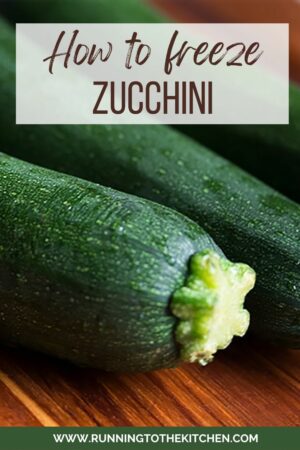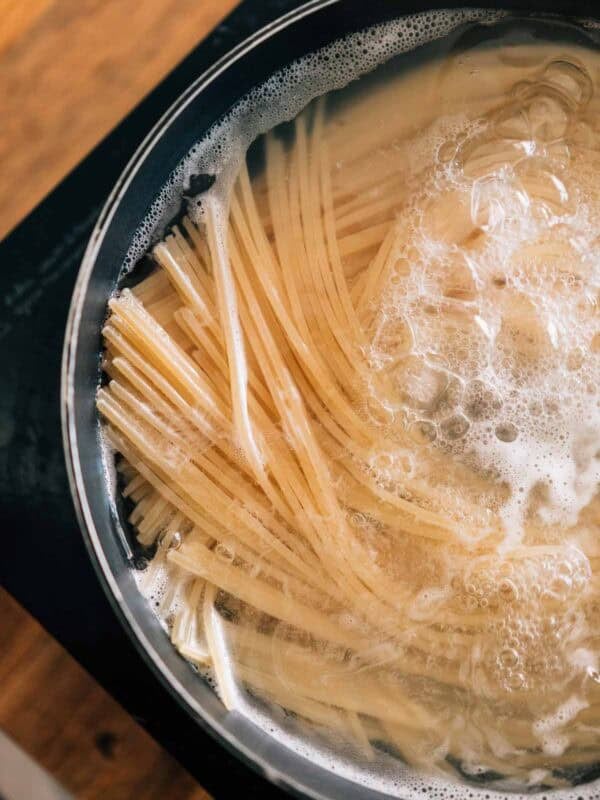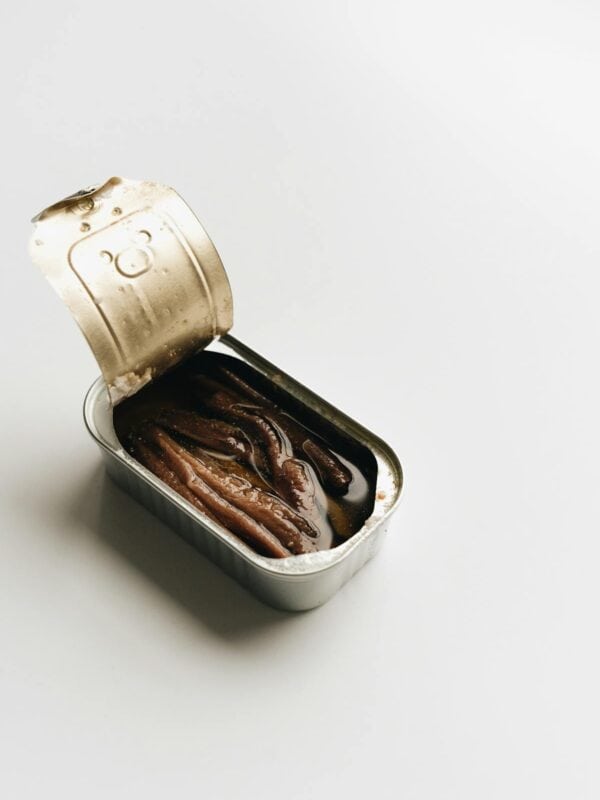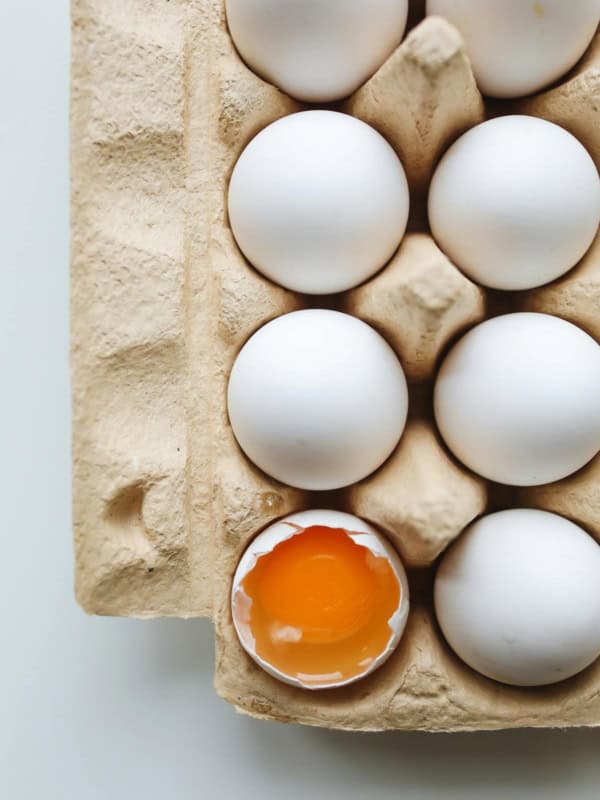Learn simple and practical methods for how to freeze zucchini for long-term storage. Whether you have a surplus from your garden or want to take advantage of zucchini’s availability during the peak season, freezing it properly is the key to extending its shelf life.
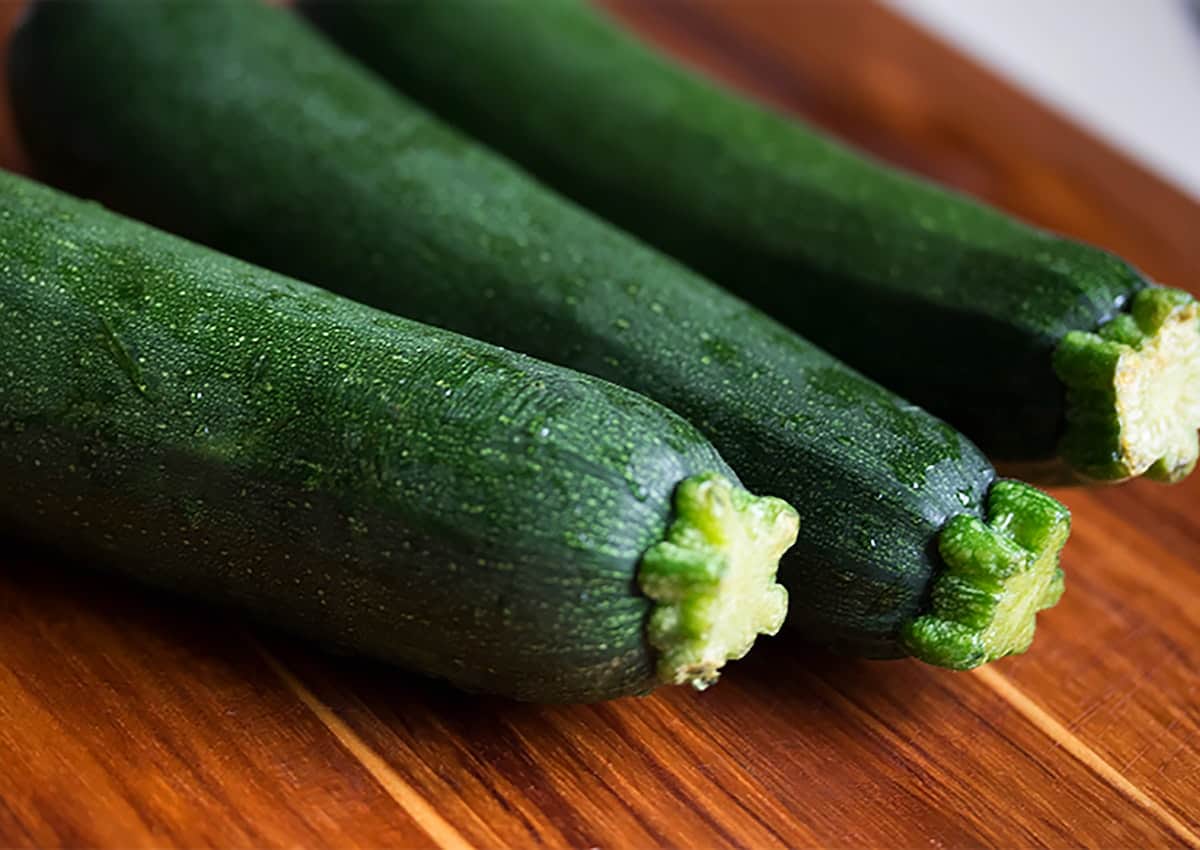
Advantages of freezing zucchini
Freezing zucchini allows you to store zucchini for an extended period, typically up to 10 to 12 months, providing long-term storage for excess produce. This is especially useful when you have a surplus of zucchini from your garden or have obtained a great deal on zucchini from a farmer’s market or grocery store. Fresh summer corn on the cob can also be frozen for this purpose as well as avocados and freezing cabbage is a great option any time of year since you’re often left with more than you need from just one head.
Freezing zucchini provides convenience since it can be readily available whenever needed. You don’t have to use up or process large amounts of zucchini at once, allowing you to enjoy zucchini dishes throughout the year without worrying about spoilage.
Another benefit is that freezing helps retain the nutritional value of zucchini. While some nutrients may be lost during the blanching process, freezing effectively preserves most of the vitamins, minerals and antioxidants in zucchini. This way, you can enjoy the nutritional benefits of zucchini even when it’s out of season.
Frozen zucchini is versatile in cooking. It can be used in a variety of dishes such as soups, stews, stir-fries, casseroles, pasta sauces like pesto and even smoothies. By having a stock of frozen zucchini on hand, you can easily incorporate it into your recipes, enhancing their flavor, texture and nutritional profile.
Freezing food can also help to minimize waste. Zucchini is known for its abundant harvests, and freezing provides a solution to prevent waste. Instead of letting excess zucchini go bad, freezing it allows you to save it for future use.
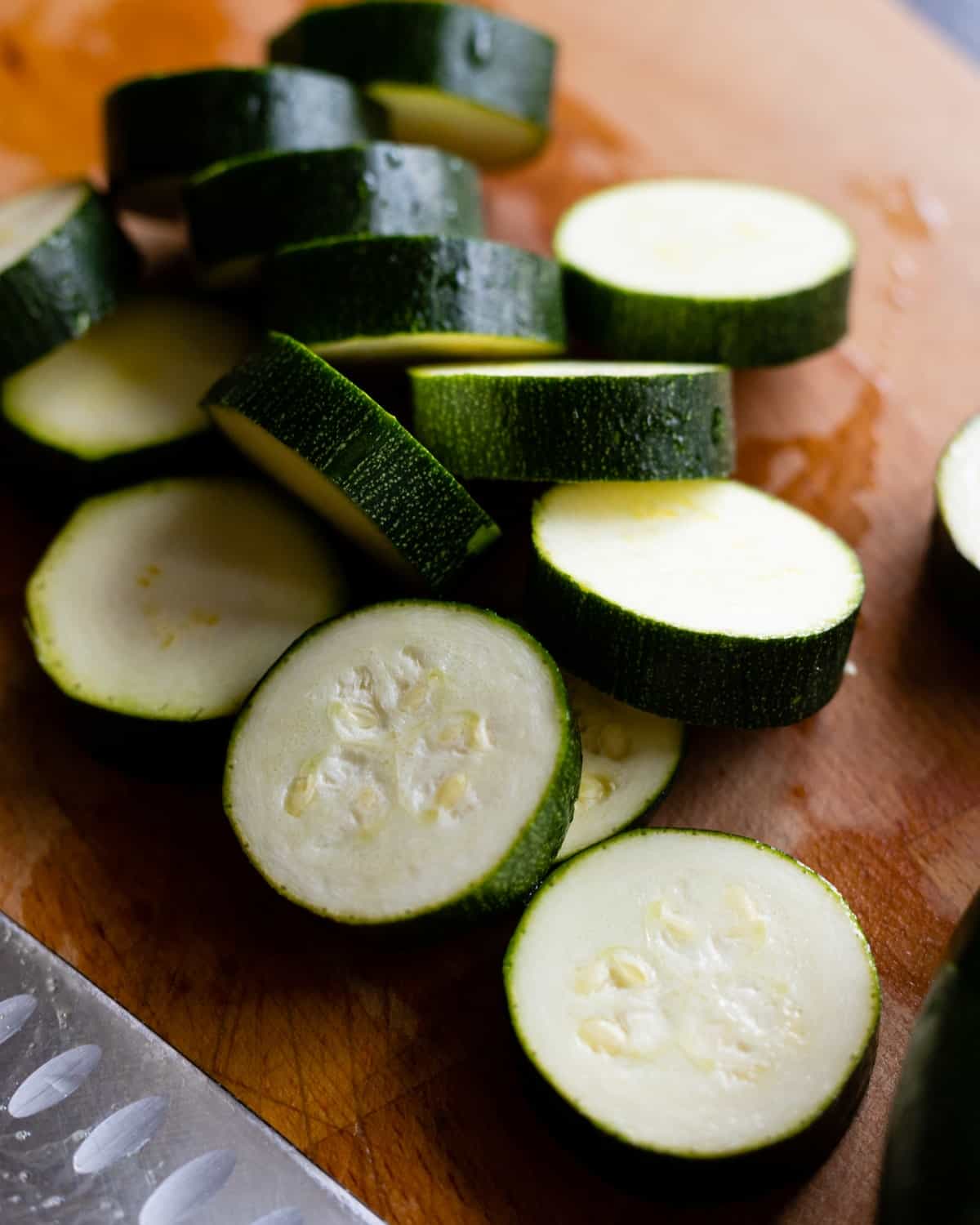
What to be cautious about when freezing zucchini
Choose zucchini that is firm and free from any signs of spoilage or damage. Young zucchini with smaller seeds tend to freeze better. The same goes for freezing summer squash.
Zucchini has a high water content; freezing it can lead to ice crystal formation. To minimize this, remove excess moisture from the zucchini before packing it for freezing.
Proper blanching before freezing helps retain the zucchini’s color, flavor and nutrients. However, over-blanching can cause zucchini to become mushy, so follow the recommended blanching times of one to two minutes to maintain its structure and texture.
It’s important to label each container or bag with the freezing date and periodically check the stored zucchini for any signs of freezer burn. Freezer burn can occur if it’s not adequately sealed or stored for an extended period, and it may affect the taste and quality of the zucchini.

How to freeze zucchini slices
Follow these steps if you want to freeze zucchini slices:
- Wash and slice: Wash the zucchini thoroughly under running water. Trim the ends and cut the zucchini into slices or cubes of your desired thickness.
- Blanch: Bring a large pot of water to a boil and prepare an ice bath by filling a bowl with ice and water. Place the zucchini slices or cubes into the boiling water and blanch them for 1 to 2 minutes. Be sure not to blanch longer than 2 minutes to avoid the zucchini getting mushy.
- Ice bath: Using a slotted spoon or tongs, immediately transfer the blanched zucchini into the ice bath to cool them down quickly and stop cooking. Leave them in the ice bath for the same time they were blanched for just like when freezing green beans.
- Drain excess moisture: Remove the zucchini pieces from the ice bath and drain them thoroughly once the zucchini pieces have cooled. Pat them dry with a clean kitchen towel or paper towel to remove excess moisture.
- Pack for freezing: Arrange the blanched and dried zucchini pieces in freezer-safe containers or resealable plastic bags. Squeeze out as much air as possible from the bags before sealing to minimize freezer burn.
- Label and freeze: Label each container or bag with the freezing date. Place the zucchini in the freezer and ensure they are laid flat in a single layer until they freeze solid.
- Store and use: Once frozen, you can stack the stored zucchini to save space.
How to use previously frozen zucchini slices
Frozen zucchini slices once thawed can be used to make air fryer zucchini chips if sliced thinly, a creamy zucchini ricotta bake for thicker slices and even grilled to make zucchini stacks layered with fresh ricotta.

How to freeze shredded zucchini
Follow these steps if you want to freeze shredded zucchini or zucchini noodles:
- Wash and shred: Wash the zucchini thoroughly under running water to remove any dirt or debris. Trim off both ends of the zucchini. Use a grater or a food processor with a shredding blade to shred the zucchini into fine pieces.
- Drain excess moisture: Place the shredded zucchini in a colander or strainer and let it sit for about 10 to 15 minutes. Press down gently on the zucchini with a clean cloth or paper towel to remove as much moisture as possible.
- Pack for freezing: Place the shredded zucchini into freezer-safe containers or resealable plastic bags. Squeeze out any excess air before sealing the containers or bags.
- Label and freeze: Label each container or bag with the contents and the freezing date. Place the containers or bags in the freezer, making sure they are placed in a flat position. Avoid stacking them until they are fully frozen. Allow the zucchini to freeze completely, which usually takes about 2 to 4 hours.
- Store and use: Once the shredded zucchini is completely frozen, you can transfer the containers or bags to a more organized area in the freezer. They can be stored for up to 3 to 4 months. When you’re ready to use the frozen shredded zucchini, thaw it in the refrigerator overnight or use it directly in your recipe if it will be cooked or baked.
What to store frozen zucchini in?
A couple of years ago, I invested in Stasher bags in an effort to reduce the use of plastic and cut down on cost. I keep at least four in my freezer at all times filled with things like frozen fruit for smoothies, cut up and ready to use pieces of ginger and turmeric for soups, stir-fries and stew as well as any excess vegetable I’ve frozen like zucchini.
I can’t recommend these storage bags enough. They come in many different sizes and even make ones with a flat bottom to stand up in the pantry for things like cereal and grains.
Stasher bags are my favorite refrigerator, freezer and pantry reusable storage bags. They're durable, dishwasher safe and reduce plastic use.
How to use previously frozen shredded zucchini
Shredded or grated zucchini is suitable for many baking recipes. Whether making a savory cheesy zucchini bread, zucchini banana muffins for snacking, a loaf of indulgent chocolate zucchini bread or zucchini bars with luscious cream cheese frosting, the zucchini blends right into the baked good and having it frozen and ready to go makes it easy to bake when you want.
This type of prepared frozen zucchini is also a great addition to smoothies. Use it in a spirulina smoothie for added nutrition and color or any other smoothie recipe when you want the added nutrition and bulk from a vegetable without much flavor.
How to use frozen zucchini noodles
Zoodles, as they’re commonly referred to, are one of the most enjoyable ways to consume zucchini and make a great lower carb substitute for pasta. Having frozen zucchini noodles on hand will allow you to make quick and easy meals like the family favorite Chinese chicken zoodles or cooking them lightly before tossing with a creamy roasted tomato basil sauce.
Zucchini turkey meatballs are not only stuffed with grated zucchini but served with zucchini noodles as well making them the perfect meal to make with frozen zucchini.
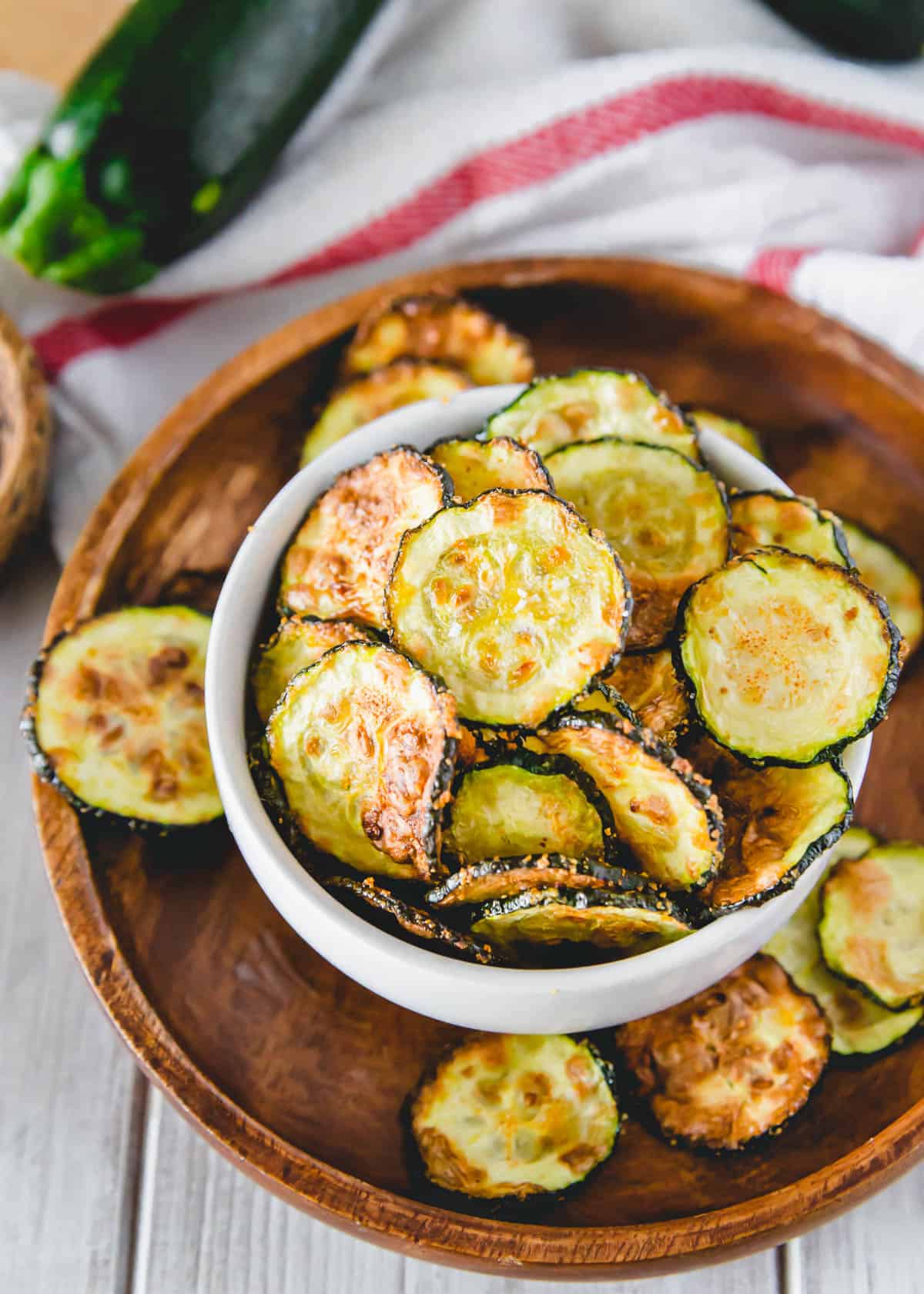
How to freeze whole zucchini
Whole zucchini can be frozen, but note that sliced or shredded zucchini tends to freeze more evenly and is often preferred. If, however, you want to freeze whole zucchini, follow these steps:
- Wash and trim: Wash the zucchini thoroughly under running water to remove any dirt or debris. Trim off both ends of the zucchini.
- Pack for freezing: Place the whole zucchini in a freezer bag or airtight container. If using a freezer bag, remove as much air as possible before sealing.
- Label and freeze: Label the bag or container with the freezing date, then place it in the freezer.
Freezing the zucchini whole can be great when you plan to create zucchini boats. This stuffed bruschetta zucchini recipe is a great example. If you’re able to find heirloom round zucchini, they can also be frozen.
How long can you freeze zucchini for?
Like other frozen produce, zucchini can be stored in the freezer for up to 10 to 12 months.
How to use frozen zucchini in cooking
To use the frozen zucchini, you can add them directly to soups, stews, stir-fries, casseroles or pasta sauces without thawing. This works especially well for recipes with longer cook times like a slow cooker summer frittata or mung bean soup with vegetables.
Consider using sliced zucchini straight from frozen in this sausage and veggies sheet pan dinner by roasting them in the oven. Or, use shredded zucchini straight from frozen in these zucchini bites or this zucchini pizza casserole.
I love to freeze shredded zucchini. I throw it into all kinds of things. It’s a great way to add some healthy veg to omelets, quiche, muffins or breads. I don’t even bother to thaw it first. The key is making sure it’s pretty dry before you freeze it so that it doesn’t put off a ton of water when it thaws.
— Robin Donovan, All Ways Delicious
If you prefer to thaw before use, place the frozen zucchini in the refrigerator overnight or thaw using the defrost setting on your microwave.
Remember that frozen zucchini may become softer upon thawing due to its high water content, making it best suited for cooked dishes rather than raw consumption. If choosing a raw recipe like creamy avocado sauce zoodles, it’s best to use fresh zucchini. The same advice would go for making this zucchini pizza recipe where the zucchini is sliced super thin and ideally crisps up in the oven.

Final thoughts
Freezing zucchini is a practical and efficient method to preserve this versatile vegetable. It ensures its availability and quality even when it’s not in season, allowing you to enjoy zucchini year round while minimizing waste and retaining its nutritional benefits.
This article originally appeared on Food Drink Life.
Gina Matsoukas is an AP syndicated writer. She is the founder, photographer and recipe developer of Running to the Kitchen — a food website focused on providing healthy, wholesome recipes using fresh and seasonal ingredients. Her work has been featured in numerous media outlets both digital and print, including MSN, Huffington post, Buzzfeed, Women’s Health and Food Network.


